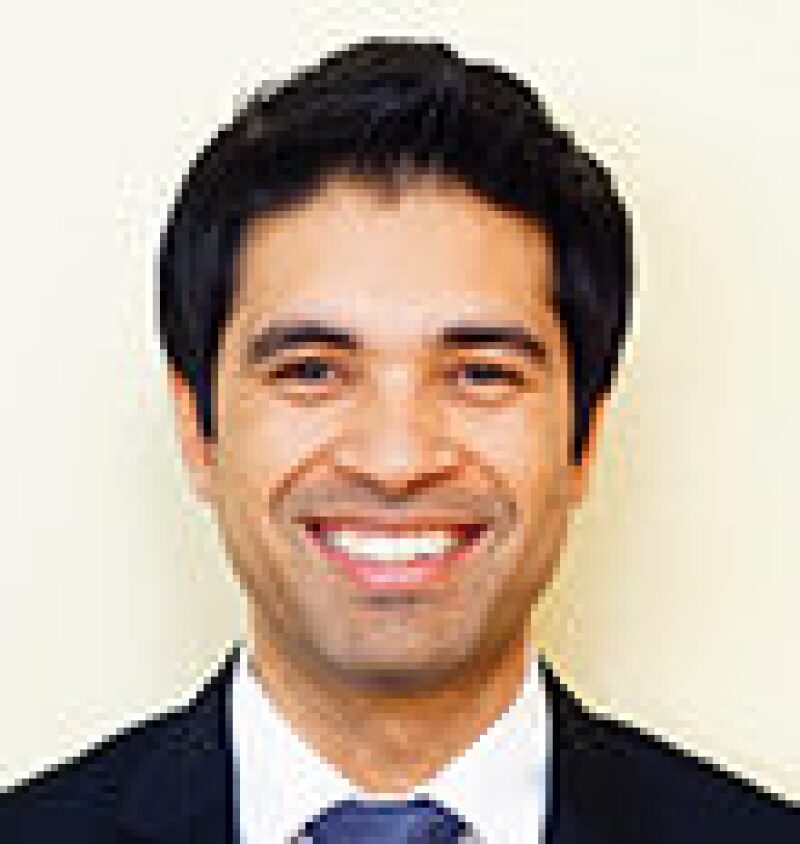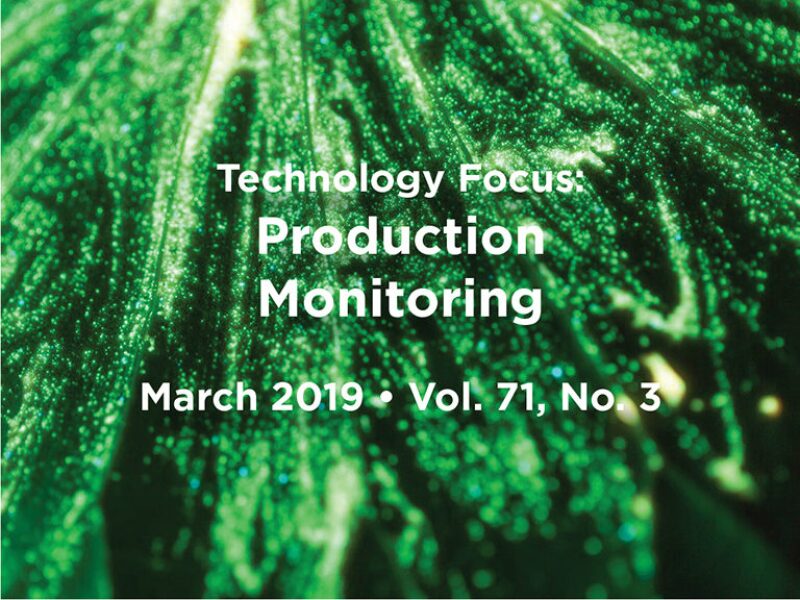It stands to reason that a major draw for JPT’s readers is the continual discussion of new technologies and emerging methods in its pages. Professionals in our industry, working in a highly technical field to begin with, appreciate innovation backed by rigorous study that will make their jobs easier and enable the goal of improving life for the planet’s population. (For more reflections on this theme, please see the Professional Pride section.) To this end, I have selected three papers that join this desire for innovation with the potential offered by emerging technologies.
Oil-rim position is literally a moving target in the context of production monitoring and is often too challenging a task for the conventional approach of using periodic gradiometric surveys. The authors of paper SPE 188868, however, explore the possibilities presented by optical pressure gauges in capturing these fluid levels with greater accuracy without requiring costly interventions and associated health, safety, and environmental risks.
In a similar vein, precise monitoring of the waterflooding process by traditional means of seismic- and gravity-based methods is problematic for a variety of reasons. One potential solution is the use of controlled-source electromagnetic (CSEM) techniques, but these have mostly been limited to 2D geometries. In paper SPE 191544, the authors discuss the implementation of a technique that marries CSEM technology with 3D-measurement capability to overcome the monitoring difficulties posed by the waterflooding process.
Finally, as the big data revolution overtakes our industry as well as many others, increased attention has been paid to the area of machine learning. The authors of paper SPE 192819 use artificial neural networks to interpret data and estimate production rate effectively in both simulated and field data. Though many factors can influence the outcomes (as with any type of measurement), the method holds promise for improving the flowmetering and back-allocation phases of monitoring.
As noted last year in this space, our industry is one often considered reactive and overly tradition-bound. These new technologies, however—and, more importantly, the drive of these researchers to harness their capabilities—prove that petroleum engineers remain at the forefront of innovation and discovery and that we all may share in their professional pride.
This Month's Technical Papers
Permanent Fiber-Optic System Monitors Oil-Rim Movement
Surface-to-Borehole Electromagnetics Hold Promise for 3D Waterflood Monitoring
Machine Learning Improves Accuracy of Virtual Flowmetering and Back-Allocation
Recommended Additional Reading
SPE 193051 Revisiting Petrophysical and Fluid Characteristics of a Mature Smectite-Rich Shally Sand Reservoir for EOR Screening in the Sultanate of Oman by Arwa al-Harrasi, Petroleum Development Oman, et al.
SPE 193183 Real-Time Hydrocarbon Mapping by Time-Lapse Borehole Electric Tomography by Paolo Dell’Aversana, Eni, et al.

| Rohit Mittal, SPE, is a reservoir engineer with more than 5 years of experience in reserves estimation, reservoir simulation, fluid modeling, and advanced data analytics. He most recently worked for the reservoir-consulting arm of Baker Hughes, a GE company, in Houston. As a reservoir engineer, Mittal has worked on most of the major shale plays in the US and a number of Gulf of Mexico fields. His current area of interest is the application of machine learning to find insights hidden in a large amount of data. Mittal holds a bachelor’s degree in chemical engineering from the Indian Institute of Technology, India; a master’s degree in petroleum engineering from Texas A&M University; and an MBA degree from INSEAD, France. He is a member of the JPT Editorial Committee and can be reached at rohit.mittal17d@insead.edu. |


